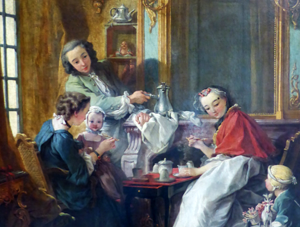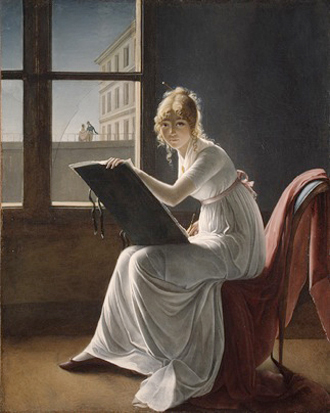Guillaume Faroult carefully observes the “talkative objects” that appeared at the fringes of eighteenth-century still lifes. At the moment when this quite old genre was receiving its designation in French as nature morte, and despite the French Royal Academy of Painting and Sculpture’s directives, which favored a “good” model for still lifes consisting of ...
# 83 | Poor People’s Things | Arlette Farge
Arlette Farge has always made one want to go into archives to do research. There, she has been able to find the minuscule signs of lives complicated by poverty—indeed, her thesis was on food theft in eighteenth-century Paris. Here, she returns to the interest in the poor that emerged in the wake of ...
# 44 | Liberty, Equality, Sorority | Anne Lafont
Anne Lafont reexamines the aftermath of the French Revolution, where the imperatives of equality and liberty held sway, though not that of the “fraternity” that had also been inscribed within the program—at least not when it came to women. Even though the author is well aware that the category of the “modern” had long ...


